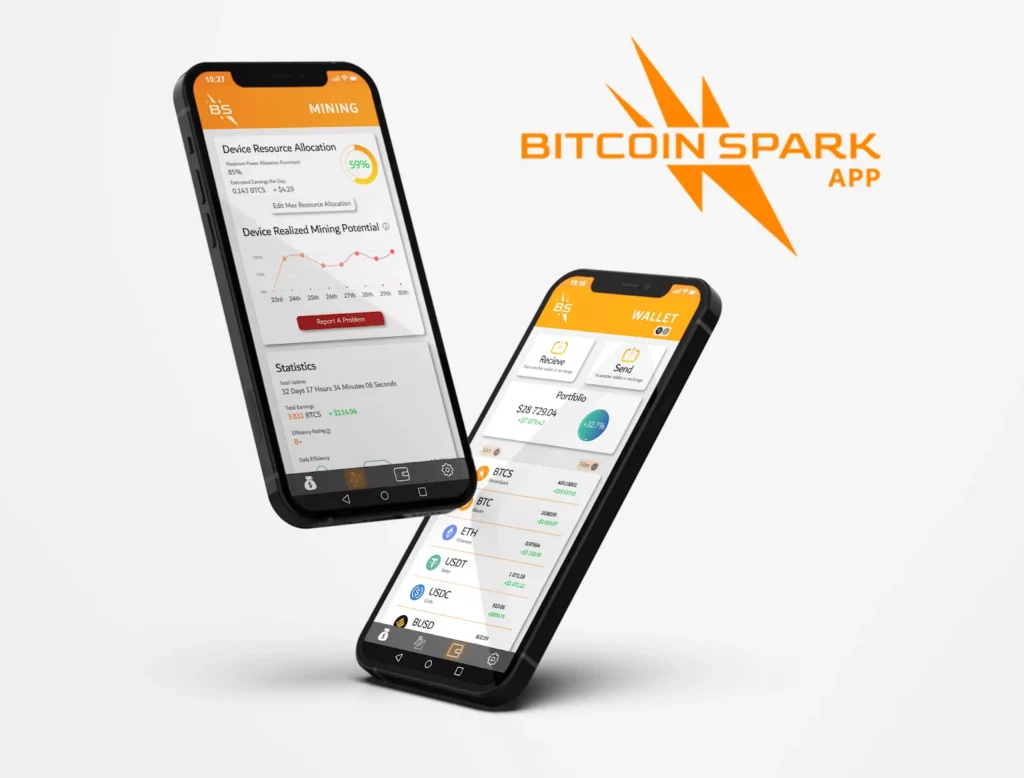As cryptocurrencies evolve, Britain is taking a proactive step by moving forward with regulations to govern the crypto sector. The UK has announced plans to establish its first set of regulations for the cryptocurrency sector, requiring market participants to gain authorization before offering services to consumers. This development coincides with significant movements in the cryptocurrency landscape, involving LUNC and a notable Bitcoin fork, Bitcoin Spark (BTCS).
UK Crypto Rules
The rules will affect firms involved in activities related to crypto assets, including trading, investment, and custody. The government’s position is that firms dealing with UK retail consumers must be authorized, regardless of their location. These rules will be integrated into existing market regulations, promoting innovation and financial stability. They will be implemented promptly, with secondary legislation planned for next year. This announcement aligns with recent developments in the crypto industry, including BTCS ICO, Bitcoin’s value increase, and interest in a potential bitcoin exchange-traded fund (ETF) in the US.
Bitcoin Spark (BTCS)
Ever since Bitcoin sprung up a decade and a half ago, several other cryptocurrencies have appeared. Bitcoin alternatives or altcoins strive to fill the gaps left open by Satoshi’s vision, but the most notable near-perfect alternatives are Bitcoin forks. Bitcoin Spark is the newest fork destined for greatness, going by its ICO performance so far. BTCS retains the same tokenomics of 21M total supply but offers four million tokens in ICO. In phase nine, BTCS tokens go at $3.50 with a 5% bonus to incentivize early holdings. The holders expect a 300% ROI at launch in November. BTCS has a projected launch price of $10, with analysts predicting an explosive launch.
Bitcoin Spark remedies the gaps in the original Bitcoin blockchain, including a lack of smart contracts, limited scalability, and slow TPS. With an extended block system and multi-layered functionalities, Bitcoin strives to revolutionize blockchains. BTCS achieves its objectives through its Proof of Process protocol. The concept, abbreviated as PoP, integrates the staking mechanisms of PoS and work done. BTCS deploys a top-tier Bitcoin Spark application that facilitates a democratic, all-inclusive mining system.

BTCS has fortified its platform through a rigorous smart contract audit and KYC certification. The checks reveal stable, transparent, and regulatory-compliant infrastructure.
What happened to Luna Terra?
TerraUSD (UST) and Luna are interconnected cryptocurrencies within the Terra blockchain network. Luna, created in 2018, had a tumultuous journey, experiencing extreme price fluctuations. While it surged from being worth less than $1 to creating crypto millionaires, it also saw its value drop significantly before being delisted from exchanges.
Luna’s meteoric rise was driven by its association with the Anchor lending platform, offering a 20% annual yield for UST holders. Many considered this rate unsustainable and raised concerns about the source of funds to pay these high rates, leading some to label it a Ponzi scheme.
Terra’s UST, an algorithmic stablecoin, was designed to maintain a peg to the US dollar without traditional asset backing. This system relied on Luna to create UST and maintain its stability. The crash occurred when UST lost its peg to the dollar, disqualifying it as a stablecoin. The UST coin’s value was no longer redeemable at a 1:1 ratio with the US dollar.
The crash had a significant impact on the cryptocurrency market, leading to the delisting of Luna and UST pairings on exchanges. It also contributed to the broader crypto market’s decline, causing substantial losses and financial hardships for many investors. After the initial crash of Luna, Do Kwon outlined a recovery plan that briefly sparked hope in May. However, the coin’s value ultimately declined, leading to its abandonment. Terra subsequently introduced a new coin, Luna 2.0, to recover from the challenges and instability faced by the original Luna cryptocurrency. The original was rebranded to Terra Luna Classic (LUNC).
LUNC Price
The Terra Luna Classic ecosystem faces challenges and is working towards its revitalization. The Layer-1 Joint Task Force (L1JTF) is a prominent developer group dedicated to resolving issues with Astroport. They emphasize the significance of maintaining both Layer-1 and Layer-2 aspects. The community has allocated a grant for L1JTF’s developer work in Q3, with plans to use the 344 million LUNC budget for next quarter’s work. The current LUNC price is $0.00006, with a volume of $132.18K, and ranked 107.
Learn more on BTCS and ICO:
Website: https://bitcoinspark.org/
Buy BTCS: https://network.bitcoinspark.org/register
Disclaimer: Any information written in this press release or sponsored post does not constitute investment advice. Thecoinrepublic.com does not, and will not endorse any information on any company or individual on this page. Readers are encouraged to make their own research and make any actions based on their own findings and not from any content written in this press release or sponsored post. Thecoinrepublic.com is and will not be responsible for any damage or loss caused directly or indirectly by the use of any content, product, or service mentioned in this press release or sponsored post.
For publishing articles on our website get in touch with us over email or one of the accounts mentioned below.


 Home
Home News
News










